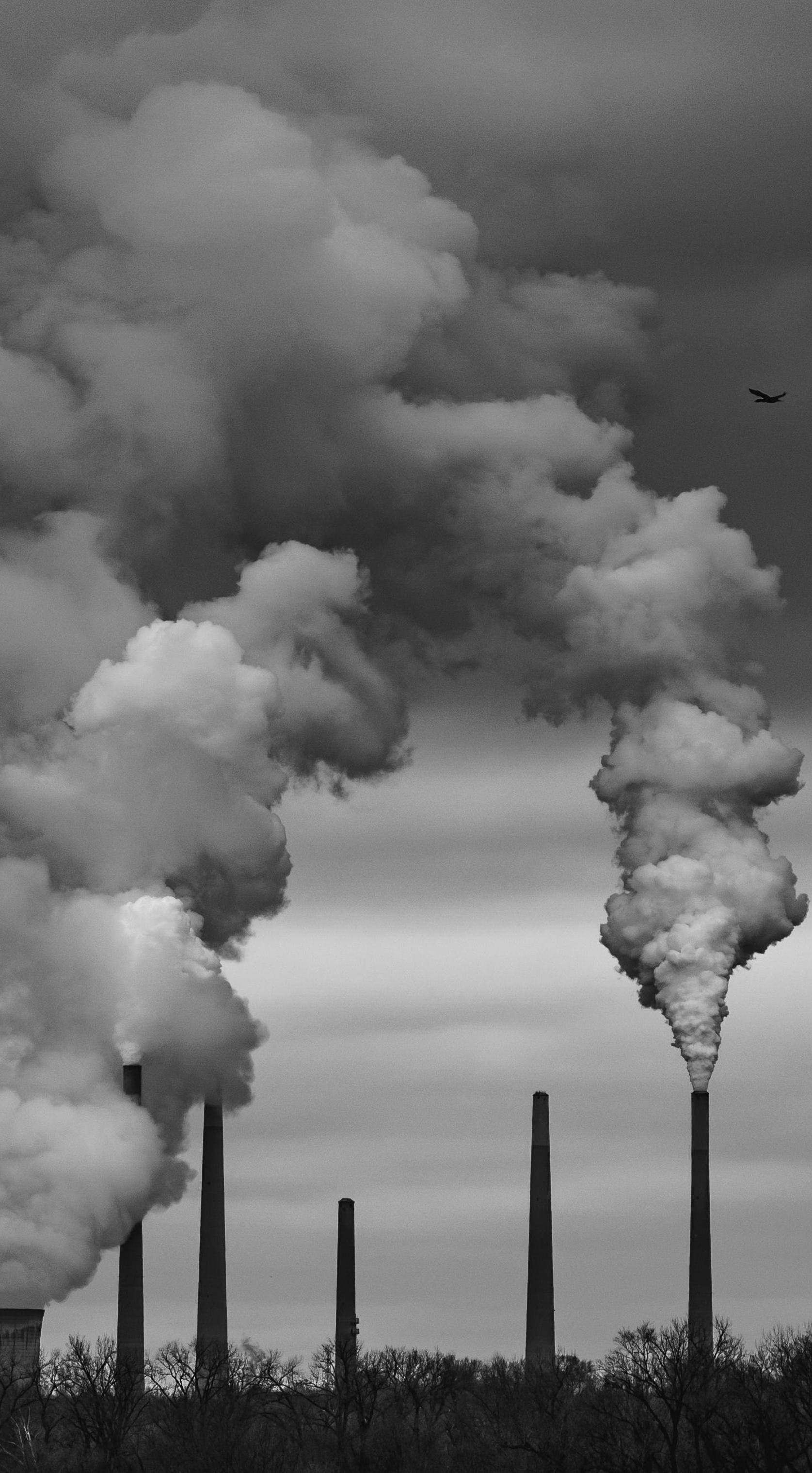
4 minute read
The true colors of fashion
The true co
Advertisement
The pollution caused by textile and apparel manufacturing is worsening day by day. The textile industry is the second most polluting industry on the planet, after the petrochemical industry. In recent decades, clothes have become cheaper and due to the convenience of online shopping, easily accessible. Driven by a fall in price and fast fashion, shopping has become a hobby for many, rather than a necessity. The world of fashion may be glamorous and stylish, but its impact on the environment is becoming increasingly serious.
The production of raw materials requires large amounts of water, energy, and chemicals throughout all processing operations. Over 8 000 chemicals are used to turn raw materials into textiles. The materials used by the textile industry can be classified into two categories: natural fibres obtained from plants such as cotton, linen, bamboo, wool, and silk, and synthetic fibres such as polyester, polyamide, nylon and acrylic which are made from petrochemicals. Synthetic fibres comprise nearly two-thirds of global textile production. The manufacture of these man-made and cheap fibres creates pollution and they are hard to recycle. Natural fabrics are the easiest fibres to decompose as their degradation only takes one week to five years whereas synthetics fabrics might take between 20 to 200 years to disintegrate.
Fashion production damages the environment and harms water quality in many different ways. The textile industry is responsible for 10% of global carbon emissions. Spinning, weaving, and industrial manufacture damage air quality, while dyeing and printing fabrics release numerous volatile agents into the atmosphere that are particularly harmful to our health. Furthermore, the transportation of clothes and textiles leads to increased pollution. Most of our clothes are produced in developing countries, such as Bangladesh, India, China, Indonesia, and Turkey. After manufacture, garments travel by ship, train and truck from these countries to high-income economies. In total, the textile industry generates 1.2 billion tons of greenhouse gas emissions a year. This is more than all international flights and maritime shipping combined. Mass-produced garments are destroying the planet at an alarming rate. 150 billion garments are manufactured in a year globally and thirty percent of the global production remains unsold. Out of two items of fast fashion bought, over one item is disposed of in under a year. Only 15% of the several tons of textiles thrown away every year are recycled. As a consequence, landfills are overpacked with clothes: 12.8 million tons of clothing is sent to landfills annually. If not in a landfill, surplus clothing is often transported to less developed countries to be traded as second-hand items, especially in Africa. Of course, that is a good thing since it gives people earning low salaries an opportunity to buy inexpensive clothing items. However, the influx of second-hand clothing undermines local textile and garment industries by bringing prices down.
It has been estimated that the textile and clothing industry is responsible for 20% of the world’s water waste. The fashion industry is currently the third-largest user of water globally, after oil and paper, while 750 million people do not have access to drinking water in the world. For instance, it can take 2 700 liters to produce
olors of fashion
the cotton needed to make a single t-shirt, as well as a huge quantity of pesticides to grow cotton plants. Jeans have become the most polluting item: about 7 000 liters of water are needed to produce one pair of jeans. This is the average water consumption of one person for six years. Further, textile factories deteriorate aquatic ecosystems. The dye wastewater discharged by garment manufacturers is often untreated and releases hazardous chemicals into streams and rivers. The washing of synthetic textiles also pollutes the natural water source system as it releases microplastics into the water. 85% of the plastic pollution in the ocean is due to microfibres from synthetic clothing. Western large corporations outsourcing the majority of their production to low-labor-cost producing countries are to be blamed. Textile pollution is slowly killing rivers in Asian countries, where most clothes are produced. In Indonesia, the hundreds of textile factories lining the shores of the Citarum River dump their chemicals directly into the water, making it one of the most polluted rivers in the world. In Bangladesh, 22 000 liters of toxic waste is dumped into rivers by tanneries every day. The waters have become so toxic that the rivers are now almost completely uninhabitable to wildlife. The communities that live alongside the rivers often suffer skin irritations and other diseases.
How can we minimize our fashion environmental impact?
The main root cause is our excessive consumerism. To act against clothing overproduction and its harmful environmental impact, we should simply reduce the number of clothes we purchase, especially fabrics that are made of synthetic fibres, and whenever possible, shop second-hand, swap, or even rent clothes. We should also buy sustainable clothing that is made of all-natural materials and manufactured domestically. More and more fashion brands take into account the environmental and social impact of their production. Sustainable clothing brands offer better-quality garments that are made to last and value fair treatment of people and the planet. In short, all of us should reconsider our lifestyle habits and make our planet more environmentally friendly.
Lucile Guéguen

Sources: https://sharecloth.com/blog/reports/ apparel-overproduction https://www.europarl.europa.eu/ RegData/etudes/BRIE/2019/633143/EPRS_ BRI(2019)633143_EN.pdf https://www.fibre2fashion.com/industryarticle/1709/impact-of-textiles-and-clothingindustry-on-environment-approachtowards-eco-friendly-textiles https://textileandfashion2030.se/wpcontent/uploads/2020/02/AlinaKlaseva.pdf










